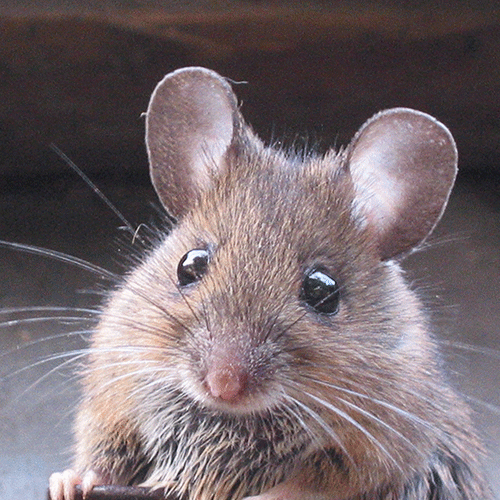Name of God
Educational article on the recognition of house mice
One of the common problems that exists in most houses and buildings today as a household pest and a carrier of many diseases is the house mouse, helpless creatures that remain in the corners when their waste moves, and the contact of food with this The waste and the mouse itself will bring Salmonella or E. coli contamination.
In addition to the numerous dangers that threaten human health due to the presence of these animals, the presence of these rats can also damage the wiring and insulation of the building.
Mice have different sizes and it is interesting to know that all of them have fast and unpredictable movements. Four species of mice that exist widely are: wild mice (Norway), brown mice, house mice and roof mice.
Two types of rats that are mostly found around and inside houses are: house rats and roof rats
House mice consider their survival dependent on humans and must live inside houses, but roof mice can also live in suburbs, garages and gardens.
Mice can easily climb any wall and pass through any hole with pressure, and in order to maintain the size of their teeth, they have to chew because if they don’t get something to chew on for a while, their teeth start to grow abnormally and that’s it. It causes their death.
Mice find their way into houses especially in the cold season. They make nests. They build their nests in places where food is available. They usually use the spaces under the false ceiling or behind the kitchen cupboards. The main food of mice is grain, but they eat almost everything and provide the water they need for their body through the moisture in food.
Mice come in different sizes from about 3 cm to 30 cm
Signs of the presence of mice in the place:
Mice are mostly active at night. The presence of a series of signs informs you of the presence of mice. The first sign of the presence of mice is the special smell that mice emit in their territory. The average number of waste that a mouse leaves behind in 24 hours is 70, and you can find out about the presence of these pests in your home or workplace through the damage they cause to wooden items or wiring. Take it, one of the other obvious signs of the presence of a mouse is the sound of chewing and sounds that this animal emits, which can be easily heard especially in the silence of the night.
How mice multiply:
It takes between 8 and 10 weeks for a baby mouse to mature and be able to be fertile, and it produces about 8 to 16 per birth.



